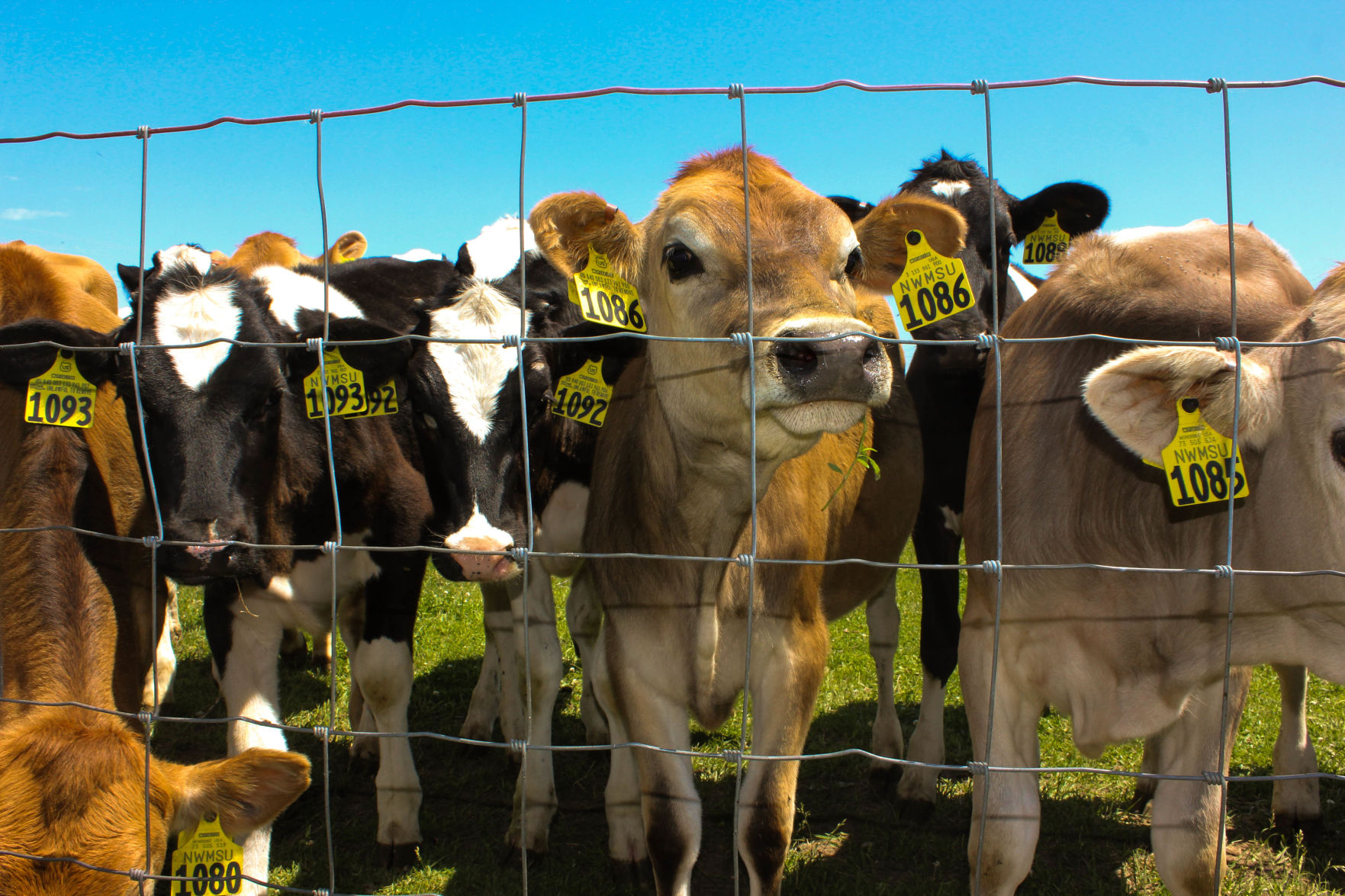Organizations concerned with final WIC rule reducing access to dairy

Disappointing is how the National Milk Producers Federation and International Dairy Foods Association described the final rule released April 9 to update the Special Supplemental Nutrition Program for Women, Infants and Children or WIC, which maintained the proposed rule’s cuts to dairy in the WIC food packages.
“NMPF is disturbed by the decision to reduce access to the essential nutrients dairy adds to the diet,” Gregg Doud, NMPF president and CEO said in a news release. “Nutrition science demonstrates that dairy products like milk, yogurt and cheese are especially important for women, infants, and children.”
The program ensures pregnant women, new mothers, infants and children have access to key nutrients that may be lacking in their diets. The decrease in the amount of dairy decreases the nutrients users are able to access through it.
Doud said nearly 90% of Americans don’t meet the number of dairy servings recommended by the 2020-2025 Dietary Guidelines for Americans.
“This rule works against the WIC Program’s goal of ensuring all Americans have consistent and equitable access to healthy, safe, and affordable foods,” he said.
Of the top five redeemed items through WIC, five are dairy products—milk, cheese and yogurt.
“At a time of rising food costs, it’s important to focus on increasing access to a wide variety of healthful, nutrient-dense, and affordable foods, including dairy products,” Doud said. “It’s disappointing that the final rule limits WIC family purchasing power for nutritious dairy foods.”
NMPF and IDFA appreciate the rule’s requirement for states to offer lactose-free milk and a wider selection of product package sizes. This could help make more products accessible for all WIC participants.
IDFA President and CEO Michael Dykes the reduction of the amount of milk a family can purchase is concerning.
“This final rule cuts the amount of milk that can be purchased by up to 3 gallons per family per month at a time of high food prices, stubborn inflation, and rising hunger rates, and harms nutrition security by disregarding the Dietary Guidelines’ findings that dairy items in the WIC food package are under-consumed,” Dykes said in the news release.
IDFA polled WIC participants and 35% say they will need to use non-WIC funds to cover purchases of milk and dairy due to these cuts. Another 33% say these cuts will make milk and dairy product purchases even harder.
“Some may decide not to reenroll in WIC because of the cuts,” he said. “Partners like state WIC agencies, local health clinics, and anti-hunger groups will be forced to explain USDA’s WIC cuts to 6 million low-income mothers and children under the age of five.”
Dykes said IDFA has worked for a number of years to design flexibility for WIC participants and their dairy options. For example, they’re able to swap a portion of their milk allotment for reasonably sized portions of yogurt (such as 4 oz., 5.3 oz., and 6 oz. cups) totaling up to 32 ounces, rather than one 32-ounce tub.
“With that change in place, WIC participants will have greater access to a nutrient-dense food that helps participants meet the program’s nutrient recommendations,” he said. “We look forward to the opportunity to collaborate with USDA to encourage states to fully utilize the rule’s provisions that expand options for yogurt and cheese, and to mitigate the cuts to milk benefits.”
Kylene Scott can be reached at 620-227-1804 or [email protected].


